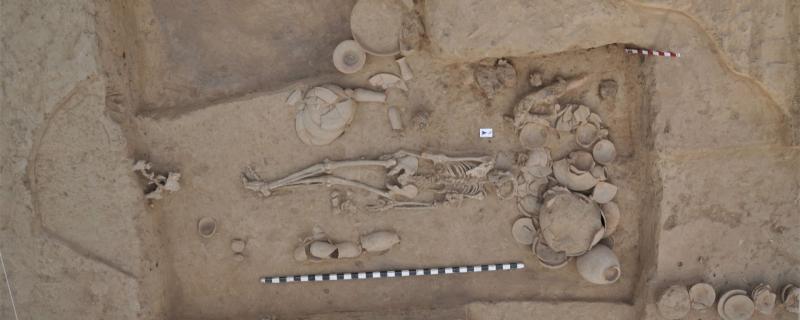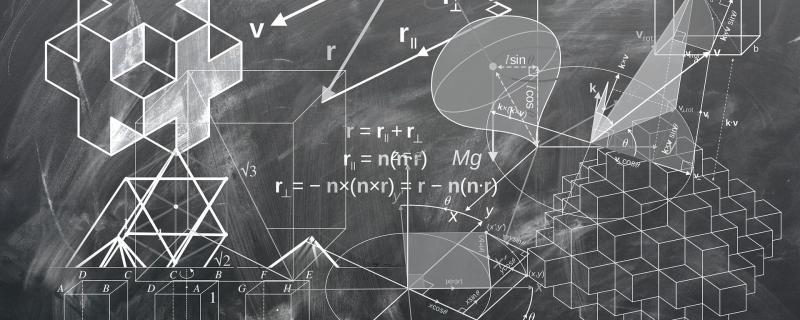This article is a tribute to Phillip Anderson, who passed away on March 29, 2020. Besides his pioneering works in condensed-matter physics, he also wrote extensively on the theme of reductionism and multiscale physics.
New research from India reveals that, contrary to long-held scientific beliefs, feeding on trees and shrubs does not provide Asian elephants with more protein than grazing on grass.
Bengaluru/
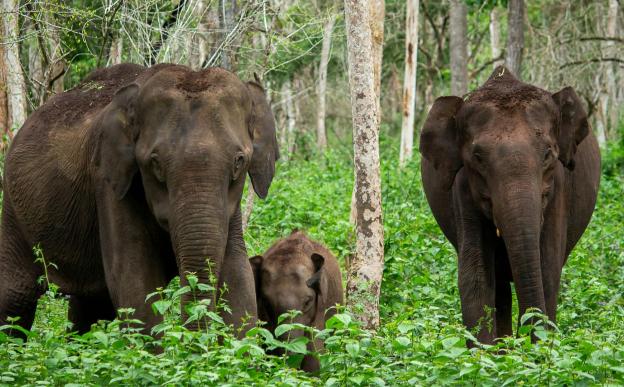


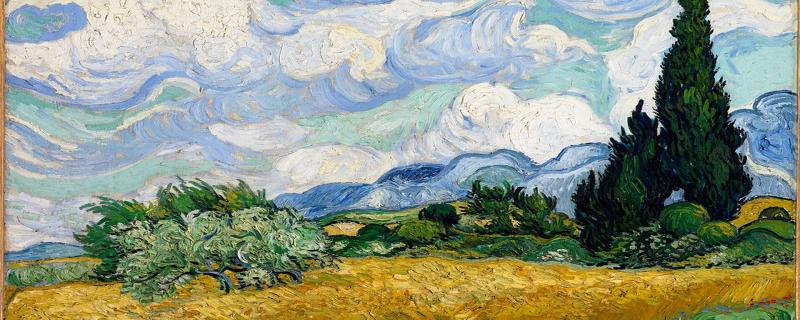
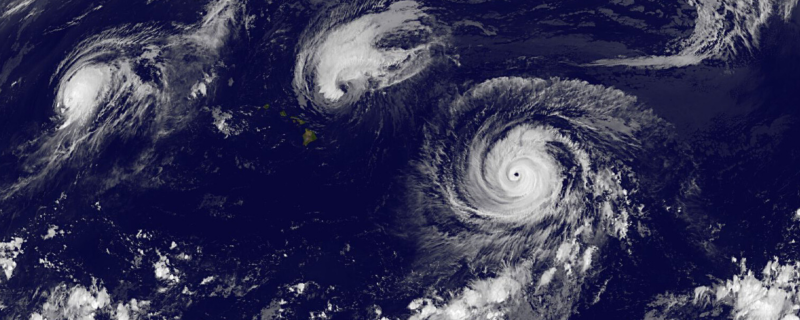


![Participants of the annual bat harvest in Nagaland, India, counting and bundling bats, which will be distributed to male members of the Bomrr clan for consumption [Image credit: Dr Zavei Hiese] On the edge: Bats in northeast India found to carry filoviruses that could spread to humans](/sites/researchmatters/files/styles/large_front_800x320/public/bats.jpg?itok=p7IVXnxl)

